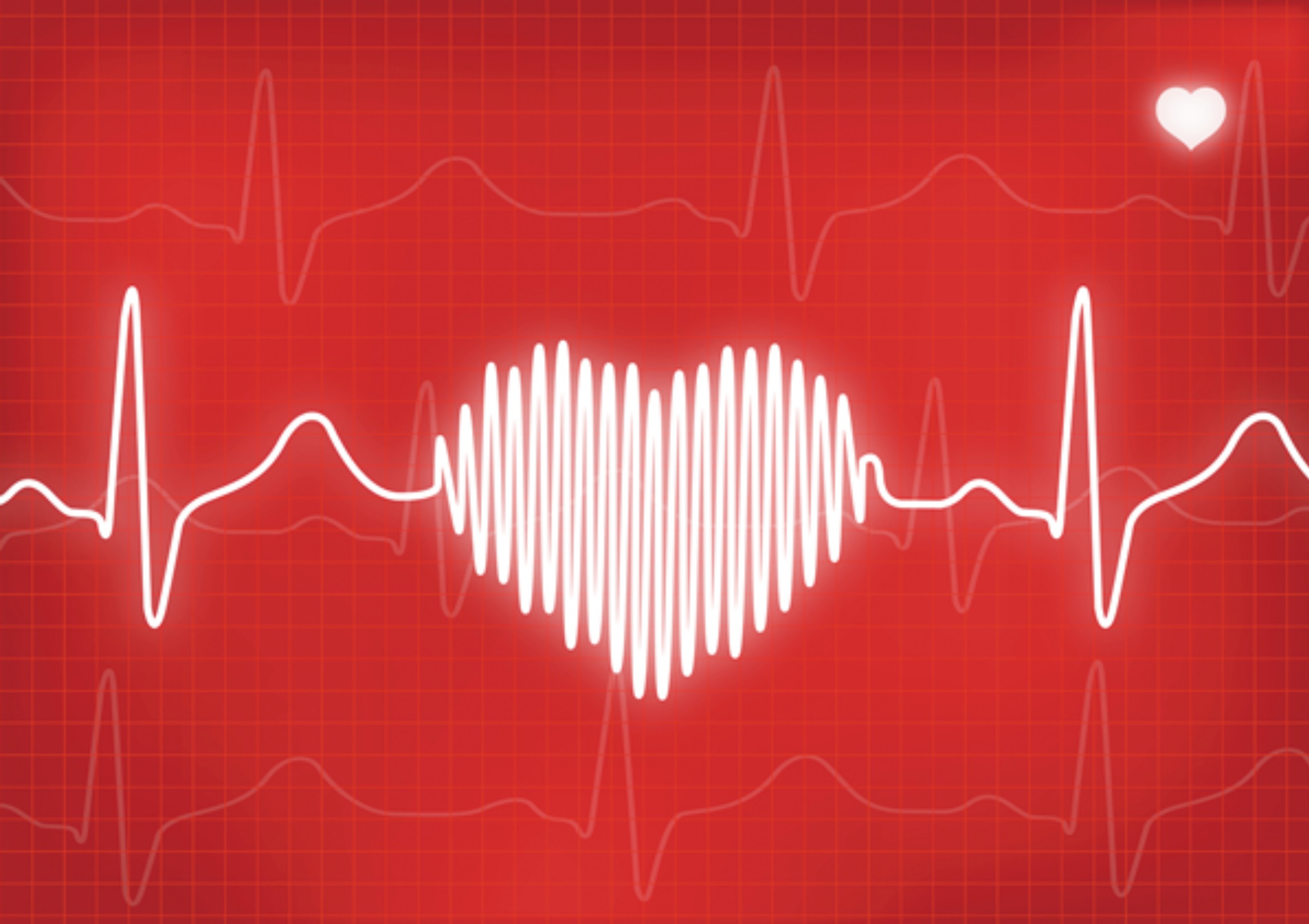
A heartbreaking incident from Rajasthan has recently sent shockwaves across the country. A nine-year-old girl died suddenly of a heart attack, highlighting a rarely discussed but serious health concern—heart disease in children. The girl, Pranji Kumawat, was a Class 4 student at a school in the Tulipara area of Rajasthan. Like any other day, she had gone to school, and during lunch break, while eating with her friends, she suddenly complained of chest pain and collapsed. Initially, her teachers and friends thought it was a minor issue—perhaps dizziness or indigestion. But within minutes, her condition worsened. She was rushed to a nearby hospital, where doctors declared her dead. The cause: a heart attack.
A child dying of a heart condition is extremely rare, but not impossible. This tragic event has brought to light a critical issue—children, too, can suffer from heart problems, and often the signs go unnoticed until it’s too late. According to experts, while heart disease is commonly associated with adults, several children are born with congenital heart defects, or they may develop heart complications due to infections, extreme exertion, or other underlying conditions.
Doctors say that certain signs, if noticed early, can help identify potential heart issues in children:
Fainting or dizziness during physical activity like playing or running.
Complaints of chest pain or rapid heartbeat.
Difficulty breathing, especially while lying down or during sleep.
Persistent fatigue or lack of appetite.
Bluish tint on lips or nails.
Often, these symptoms are mistaken for common childhood issues and are ignored. However, they can be early indicators of a serious heart condition.
Another crucial factor is family history. If there is a record of heart disease or sudden deaths in the family, children may be at greater risk. Many children are born with minor or major heart anomalies that gradually worsen if undiagnosed. In some cases, viral infections can also weaken the heart muscles, leading to fatal outcomes.
So, what can parents and caregivers do?
First and foremost, regular health check-ups are essential. At least once a year, children should undergo a full-body check-up, including heart evaluations.
Second, if a child shows recurring signs of physical discomfort—especially chest pain, breathing issues, or fainting—immediate medical attention should be sought.
Third, if a child complains of pain or unease during exercise or physical activity, it must never be ignored.
Fourth, schools should also be proactive. They must monitor students’ physical condition during sports and have emergency medical provisions in place.
Pranji’s tragic death has left her family in unimaginable grief, but it also serves as a wake-up call to society. By staying alert and acting on early signs, we can prevent such devastating losses in the future.
To conclude, heart disease isn’t just an adult problem—it can affect children too. Timely awareness, careful observation, and immediate medical intervention are key to saving young lives. Though Pranji is no longer with us, her untimely passing teaches us a vital lesson: when it comes to children's health, even a small sign must never be ignored. The time to act is now.